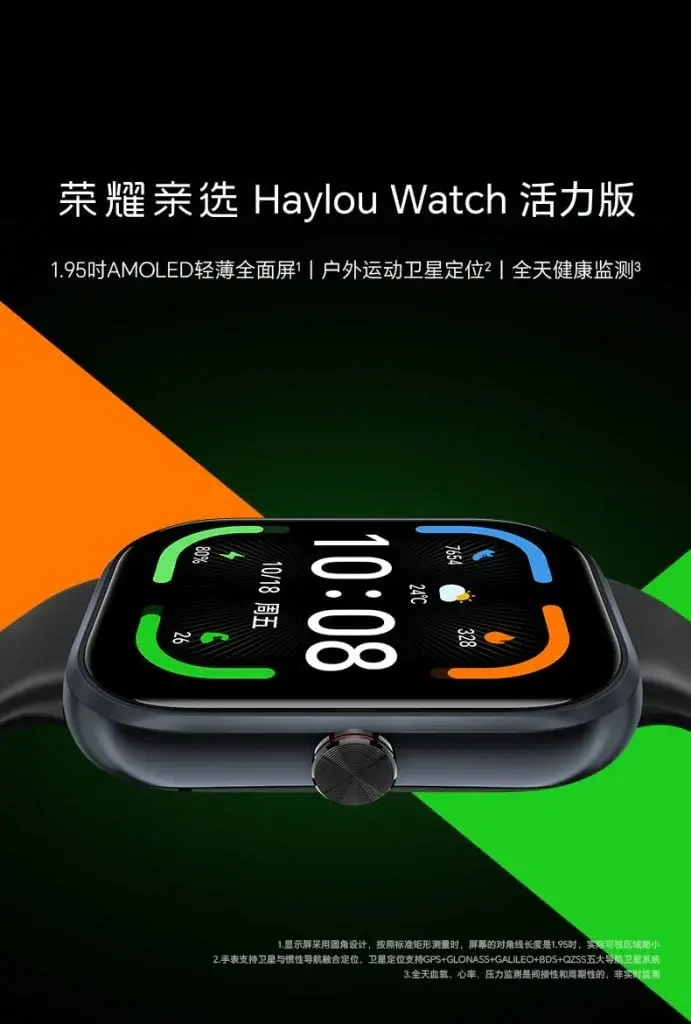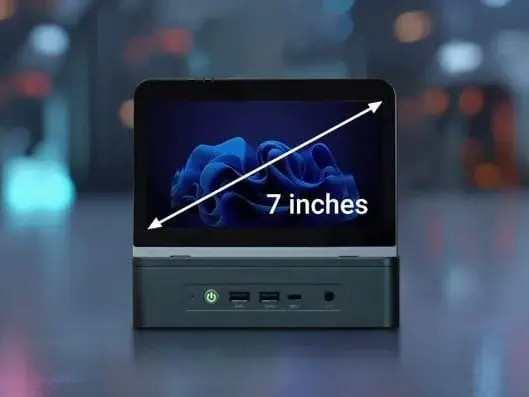Earlier this month, Amazon India slashed the price of the Samsung Galaxy S23 Ultra to Rs 89,999 for the 12GB RAM and 256GB storage model. Now, the price has dropped even further to Rs. 84,999 (~$1,018), marking an all-time low.
Samsung Galaxy S23 Ultra Offer
Initially launched in February 2023 with a starting price of Rs 1,24,999 (~$1,497) for the 12GB RAM and 256GB storage version, the Samsung Galaxy S23 Ultra is now available for just Rs. 84,999 on Amazon India. Additionally, buyers can opt for an EMI plan, starting at Rs 7,083 per month for a 12-month no-cost EMI option.
At this reduced price, the Galaxy S23 Ultra offers tremendous value. It features a powerful processor for seamless performance and top-notch cameras for stunning photo and video capture. Samsung has also committed to long-term software support, ensuring the Galaxy S23 Ultra will get updates at least until Android 17 in 2027.
Samsung Galaxy S23 Ultra Specs
The Samsung Galaxy S23 Ultra sports a 6.8-inch Quad HD+ Dynamic AMOLED 2X Infinity-O display with a variable refresh rate ranging from 1 to 120Hz, and a peak brightness of 1750 nits. Powered by the Snapdragon 8 Gen 2 for Galaxy, it also includes vapor chamber cooling for efficient heat management.
Built with an Armor Aluminum frame and protected by Corning Gorilla Glass Victus 2, the phone is designed for durability. It features an in-display Ultrasonic Fingerprint Scanner and runs on Android 13 with Samsung’s OneUI 5.1, with an update to Android 14-based One UI 6.1 available.
Camera and Additional Features
The rear camera array consists of a 200MP primary sensor with OIS, super HDR, and pixel enhancer, a 12MP Ultra Wide lens, a 10MP Telephoto lens with 3x zoom, a 10MP Periscope lens with 10x zoom, and a 3D ToF sensor. The front camera features a 12MP Dual Pixel sensor with AI object awareness. The phone supports 8K video recording at 30 fps with VDIS technology.
Other notable features include UWB capabilities, an IP68 rating, a 5000mAh battery with 45W fast charging, wireless charging, and an integrated S Pen Stylus.





















